Why You’re Not Catching Fish at Fishing Lodges
Fishing lodges promise the ultimate angling experience – professional guides, prime locations, and the allure of trophy catches. Yet many anglers return home with stories of “the one that got away” rather than impressive photos of their prized catch. Despite investing significant time and money into these specialized getaways, the reality often falls short of expectations.
The disconnect between anticipated success and actual results can be frustrating and perplexing. In this comprehensive guide, we’ll explore the common reasons why your fishing lodge experience might not be yielding the catches you expected, and provide practical solutions to transform your next trip into the productive angling adventure you’ve been dreaming of.
Mismatched Fishing Techniques for Target Species
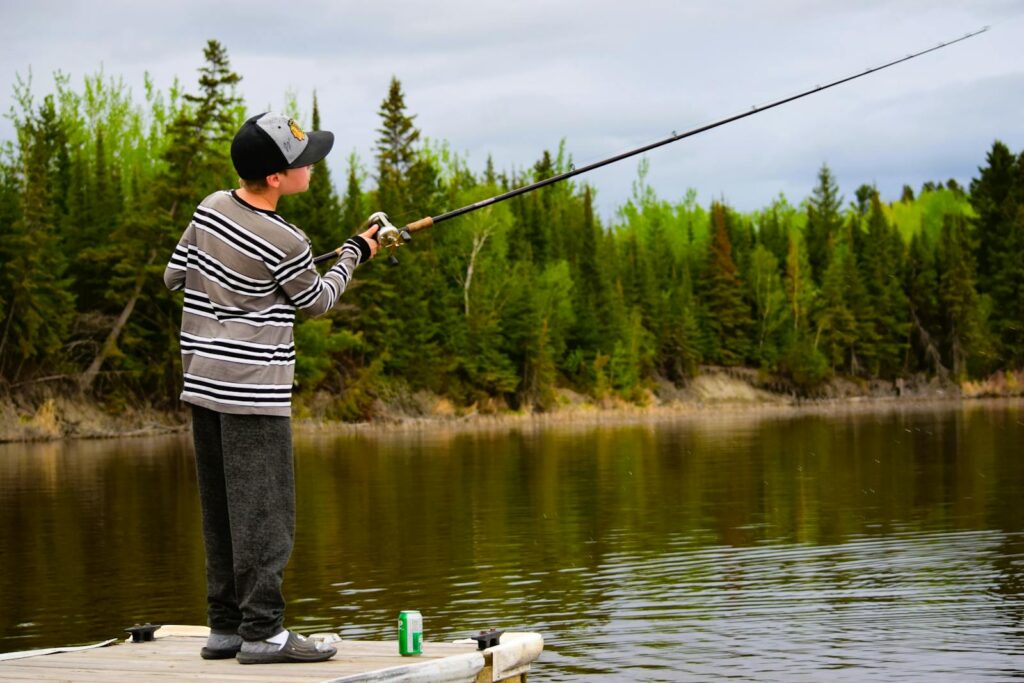
One of the most common reasons anglers struggle at fishing lodges is using techniques poorly suited for the target species. Each fish species responds to specific presentations, and what works for bass in your home waters might be completely ineffective for northern pike or walleye at your destination lodge. For example, retrieving a lure too quickly might spook wary trout in clear mountain streams, while moving too slowly might fail to trigger the predatory response of aggressive species like muskie.
Additionally, the weight and action of your tackle should align with both the species and the specific water conditions you’re fishing. Understanding the feeding patterns, preferred habitats, and trigger mechanisms for your target species is essential groundwork before your trip begins.
Ignoring Seasonal Patterns and Behaviors
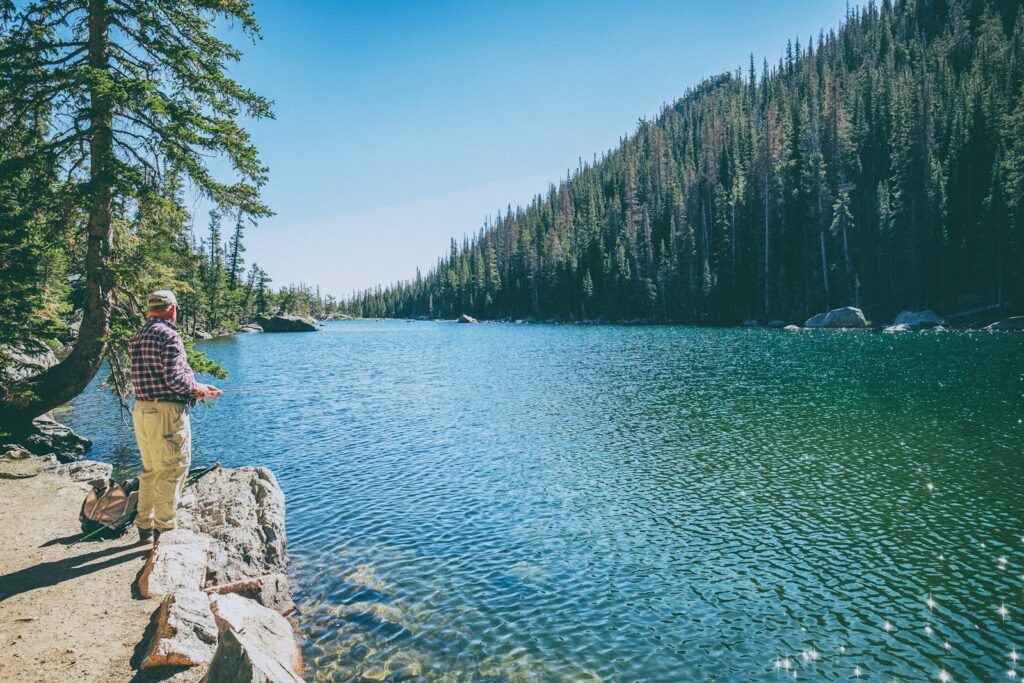
Fish behavior changes dramatically with the seasons, and failing to adjust your approach accordingly can lead to empty livewells. During pre-spawn periods, for instance, fish often concentrate in staging areas near spawning grounds, while post-spawn periods might find them recuperating in deeper waters. Summer patterns typically revolve around thermoclines and oxygen-rich zones, while fall fishing often means following baitfish migrations.
Winter fishing at northern lodges requires entirely different techniques focused on slower presentations and concentrated fish populations. Many anglers arrive with a one-size-fits-all mentality rather than researching the seasonal patterns specific to their destination. Lodge fishing success requires aligning your tactics with the biological imperatives driving fish behavior during your specific visit timeframe.
Underestimating Weather Impacts
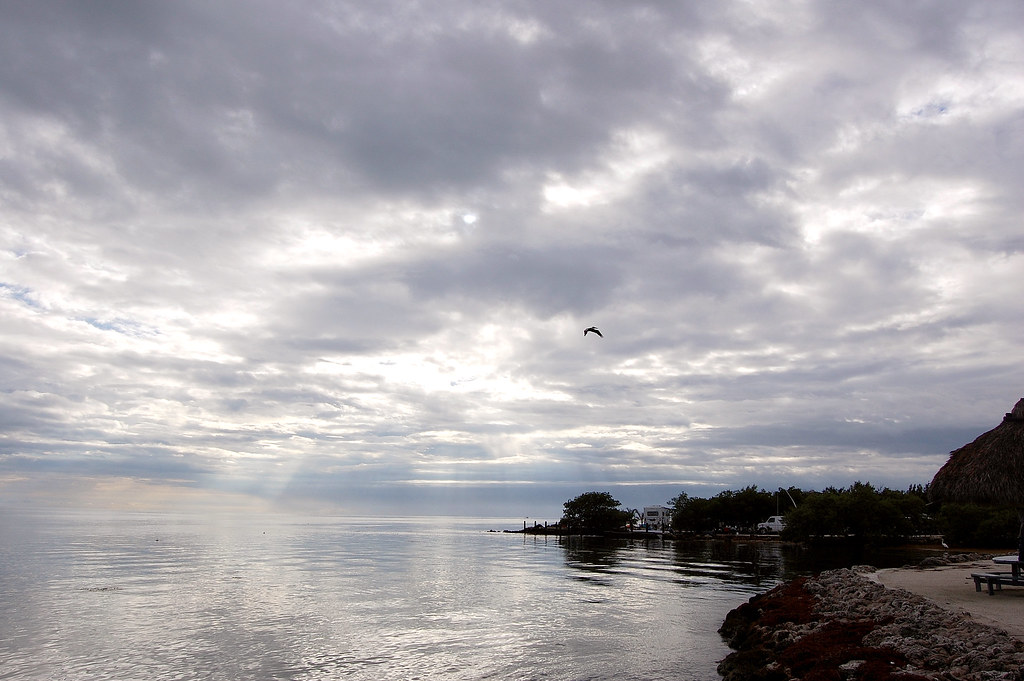
Weather conditions profoundly influence fishing success, yet many anglers fail to adapt their approach when conditions change. Barometric pressure shifts before and after storm systems can either trigger feeding frenzies or shut down bite activity completely. Wind direction affects where baitfish concentrate, subsequently influencing predator locations.
Cloud cover can extend prime feeding periods for light-sensitive species or make typically nocturnal feeders more active during daylight hours. Water temperature fluctuations, even minor ones, can dramatically shift fish from shallow to deep water or vice versa. Understanding these weather-related impacts and having alternative strategies prepared for changing conditions can mean the difference between consistent catches and frustrating days on the water.
Poor Communication with Guides
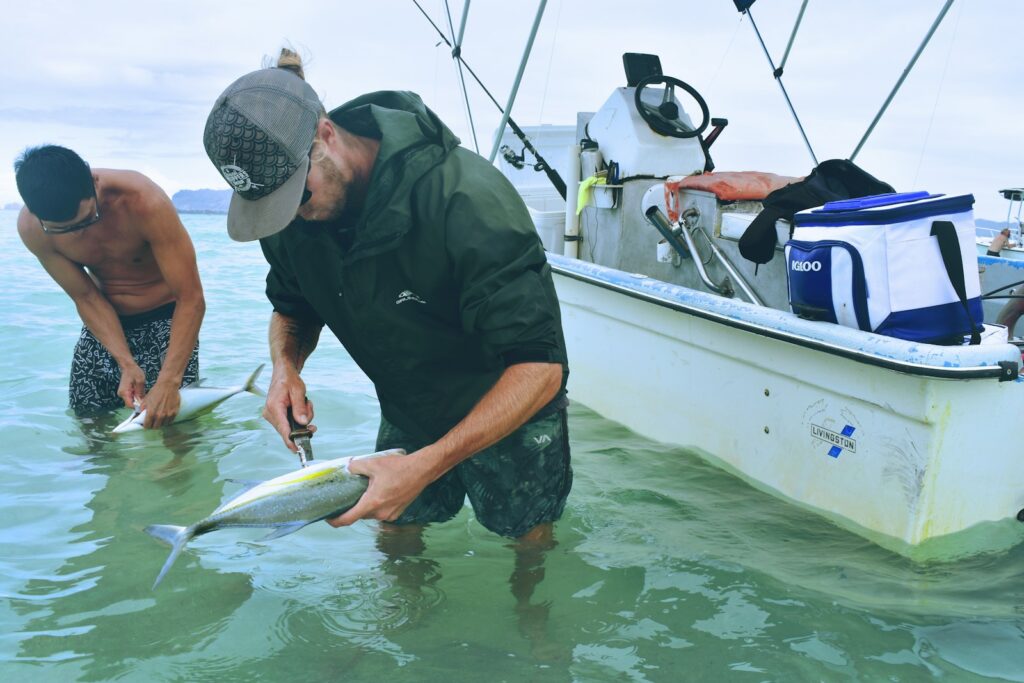
Lodge fishing guides possess invaluable local knowledge, yet many anglers fail to effectively communicate their expectations or utilize this resource properly. Some clients arrive with inflexible preconceptions about techniques or locations, essentially handicapping the guide’s ability to put them on fish. Others fail to clearly communicate their experience level, physical limitations, or specific fishing goals, leaving guides to make assumptions that might not align with client expectations.
Additionally, some anglers don’t ask the right questions during the experience – missing opportunities to understand why certain techniques are being employed or locations selected. Establishing clear communication about your goals, listening attentively to recommendations, and being willing to try new approaches suggested by your guide will significantly improve your chances of success.
Fishing Popular but Depleted Areas
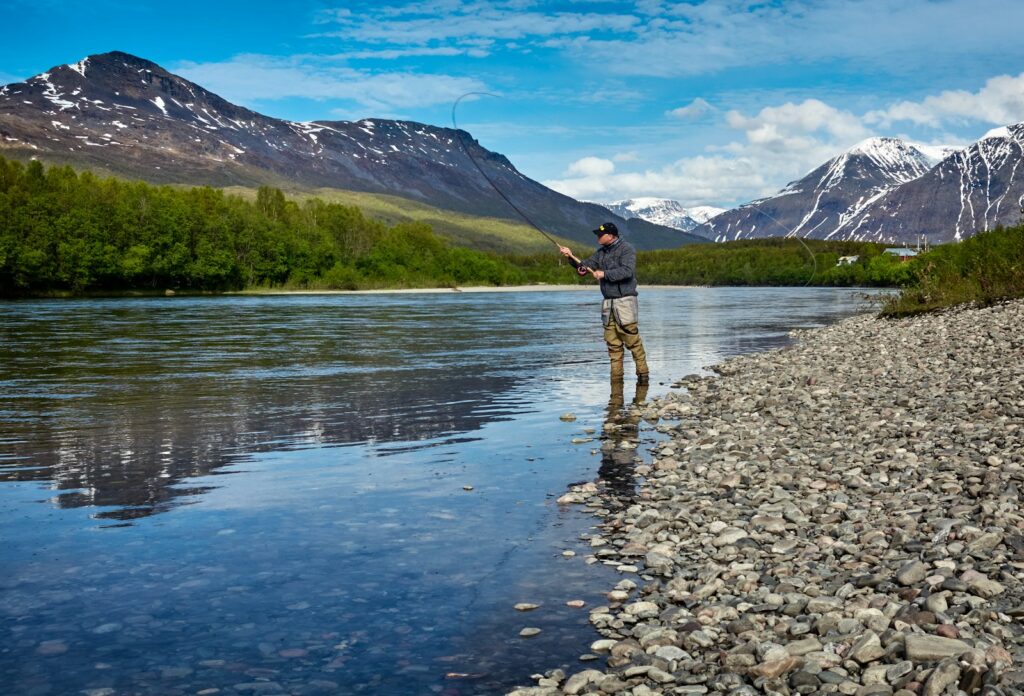
Many lodges have “hotspots” that receive disproportionate fishing pressure, potentially leading to disappointing results for anglers targeting these well-known areas. These locations often gain reputations through past success stories, but constant pressure can temporarily deplete fish populations or condition fish to become wary of common presentations.
Some anglers insist on fishing these famous spots despite guidance to the contrary from lodge staff who understand current conditions. The most productive approach often involves exploring less-pressured areas that may not have the same reputation but currently hold more active fish. Successful lodge anglers balance fishing proven locations during optimal conditions with exploring less-trafficked areas during peak pressure periods.
Using Inappropriate Tackle and Equipment
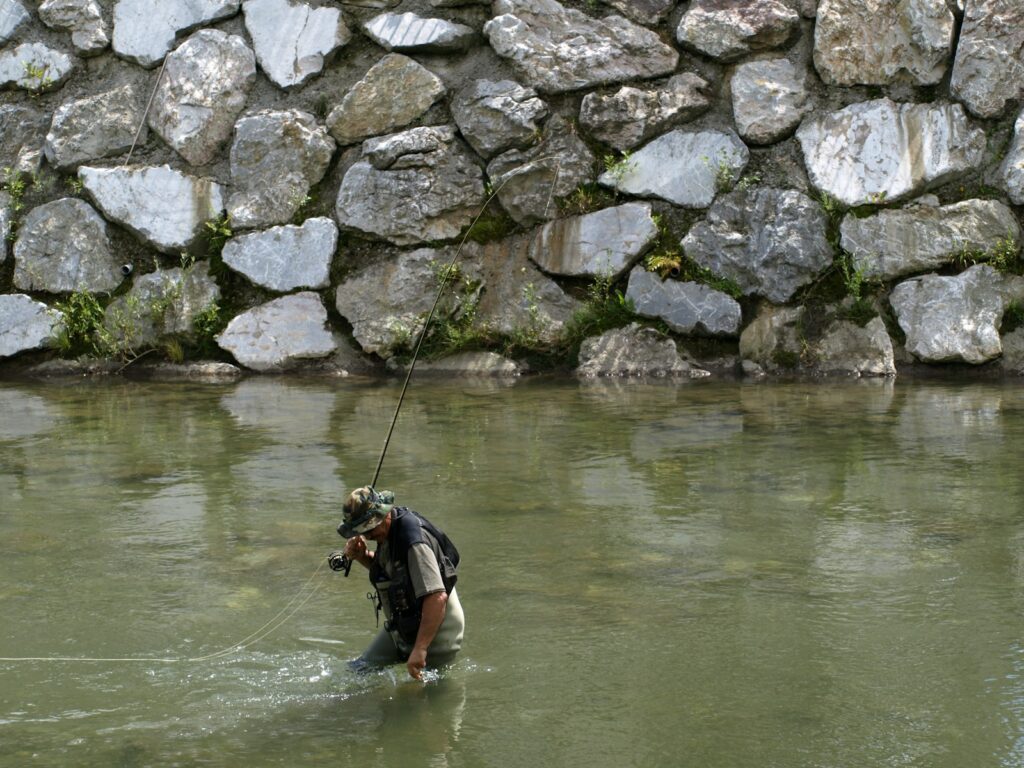
Equipment mismatches represent another significant factor in lodge fishing disappointments. Using ultralight gear when targeting trophy pike can result in broken lines and lost fish, while overpowered equipment when pursuing finicky trout might reduce strike rates dramatically. Many anglers arrive with inadequate line capacity for the larger bodies of water typically found at remote lodges, or with line weights inappropriate for the techniques required.
Additionally, some fail to bring backup equipment, leaving them handicapped when conditions demand technique changes or when gear failures occur. Success at fishing lodges requires researching appropriate tackle specifications for your target species and bringing versatile equipment that can adapt to various fishing scenarios you might encounter.
Overlooking Water Clarity and Light Conditions
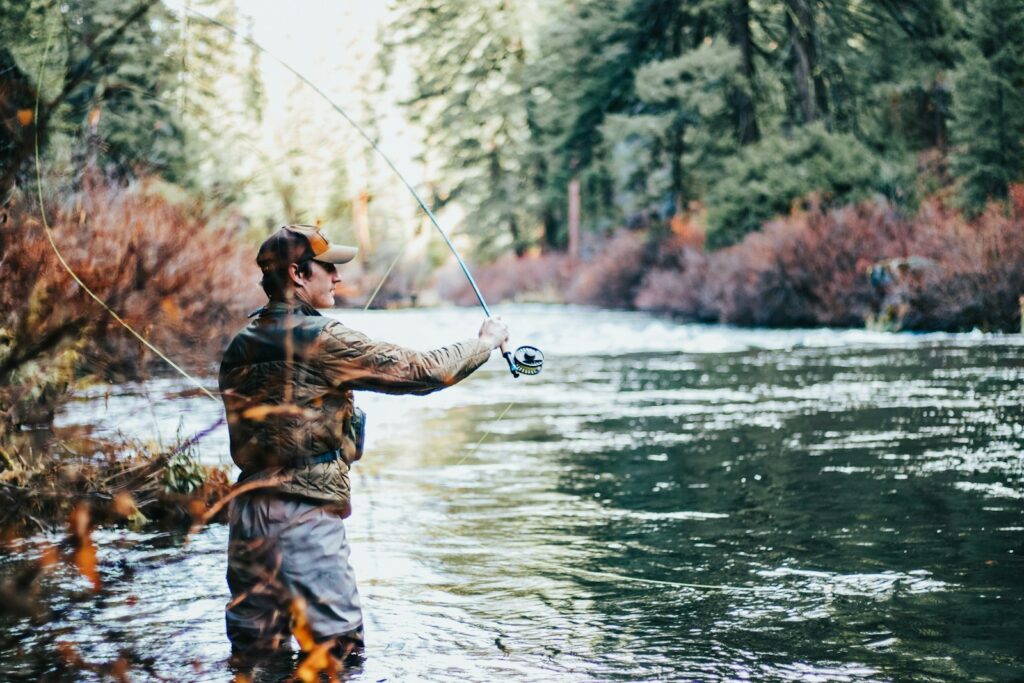
Water clarity dramatically influences fish behavior and appropriate presentations, yet many anglers fail to adjust accordingly. In crystal-clear waters, fish typically become more line-shy and spook easily, requiring lighter leaders, natural presentations, and greater casting distances. Conversely, in stained or turbid water, fish rely more on vibration and scent, making larger profiles and more aggressive presentations more effective.
Light penetration also affects where fish position themselves throughout the day – seeking shadows during bright conditions or moving to shallow water during overcast periods. The angle of sunlight creates visibility advantages for predators during certain times, creating feeding windows that savvy anglers exploit. Adjusting your approach to match the specific water clarity and light conditions of your fishing location can dramatically improve your catch rates.
Impatience and Lack of Persistence
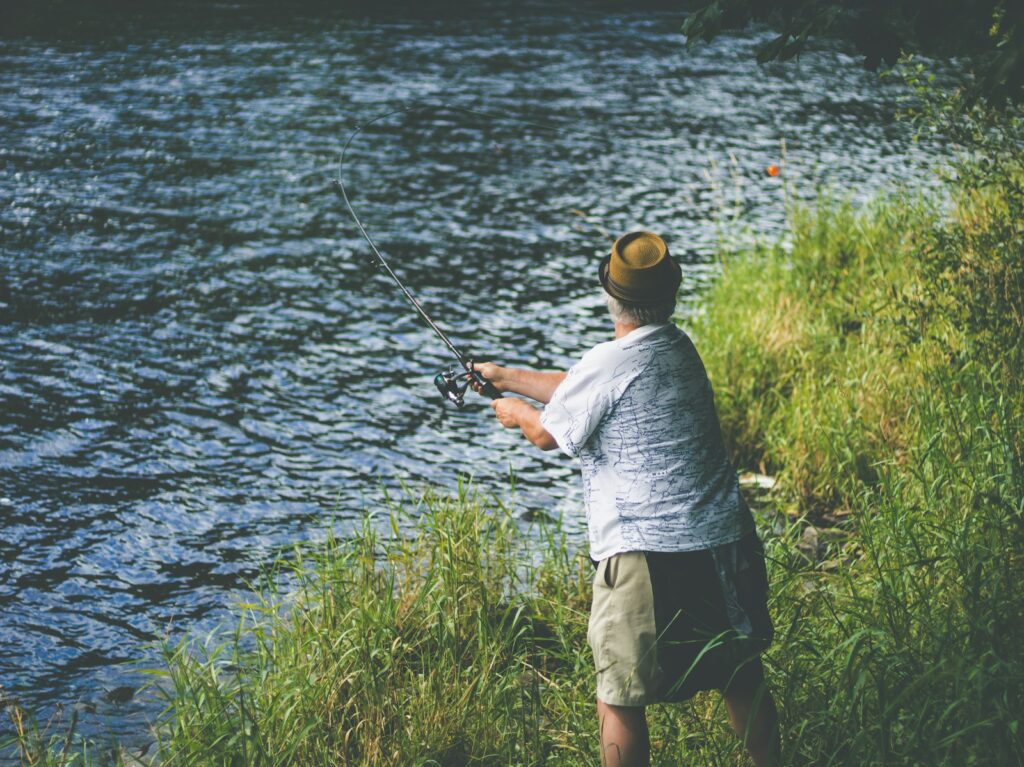
Fishing lodges often market the dream of non-stop action, but the reality of fishing involves periods of trial and error before patterns emerge. Many unsuccessful anglers abandon productive techniques too quickly when immediate results don’t materialize, constantly switching presentations without giving any approach sufficient time to prove itself.
Others fail to thoroughly work promising structures, making a few casts before moving on rather than approaching from multiple angles or varying retrieval speeds. Successful lodge fishing often requires methodical coverage of likely areas and commitment to proven techniques, even when action starts slowly. The most productive anglers understand that persistence with high-percentage approaches typically yields results over time, while constant experimentation often leads to fragmented efforts and missed opportunities.
Misreading Structure and Fish Holding Areas
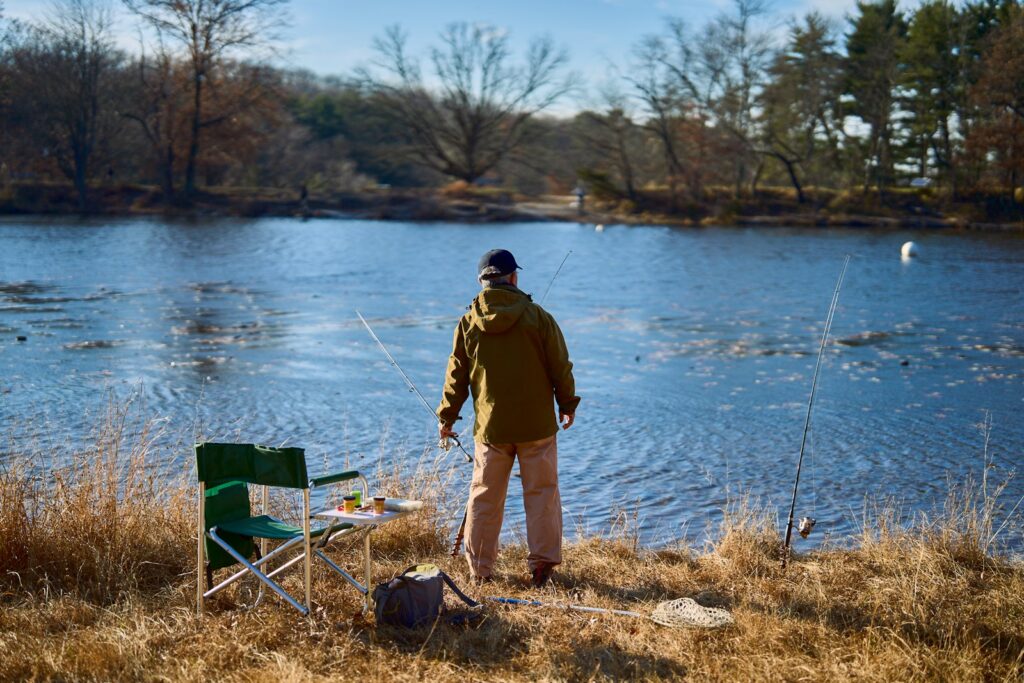
Understanding how fish relate to underwater structure represents a critical skill many struggling lodge anglers haven’t mastered. Fish seldom distribute randomly but position themselves around specific features like weed edges, depth changes, current breaks, or submerged timber. Many anglers fish “fishy-looking” areas without understanding the specific structural elements actually holding fish in that location. Others fail to recognize seasonal structure preferences, like summer thermoclines or winter deep-water sanctuaries.
Additionally, some anglers don’t adjust their structure approach based on the time of day – missing how fish might use deep structure during bright midday periods but move to shallow feeding areas during low-light conditions. Learning to read contour maps, use fish-finding technology effectively, and understand how your target species relates to structure can dramatically improve your success rates.
Noise and Excessive Movement
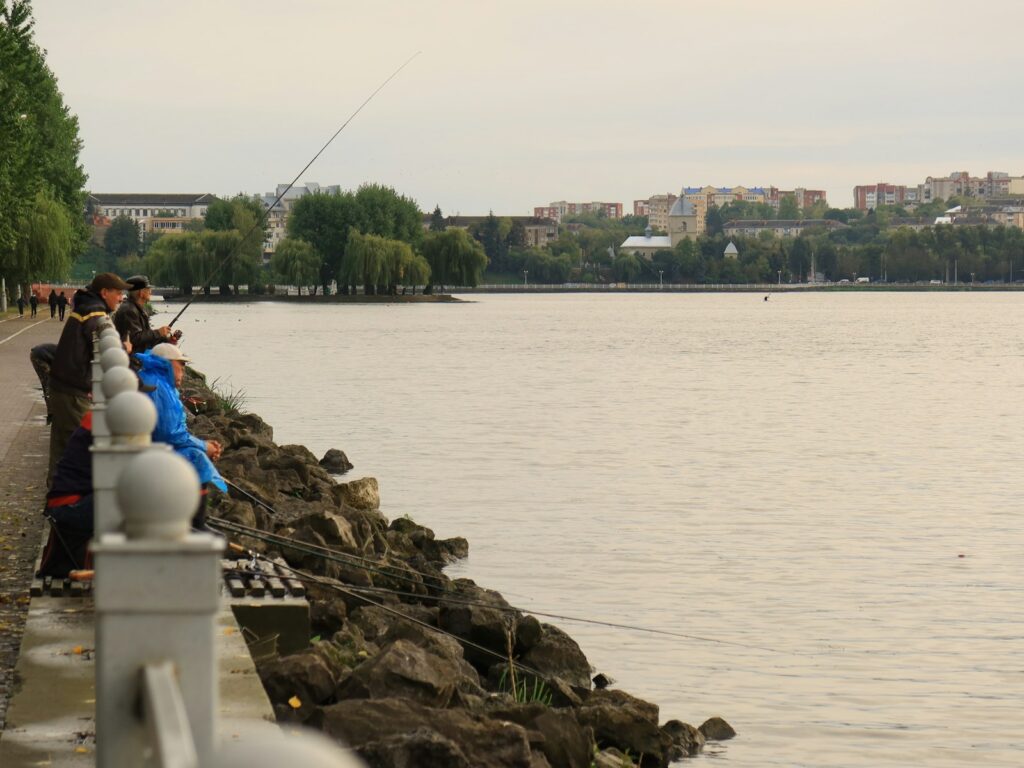
Fish possess sensitive lateral lines capable of detecting vibrations and pressure changes in their environment, making them acutely aware of unnatural disturbances. Many unsuccessful lodge anglers inadvertently create excessive noise by dropping equipment, slamming compartment lids, or speaking loudly – particularly problematic in shallow water or clear conditions. Boat control issues represent another common problem, with erratic movements, improper anchoring techniques, or poor positioning relative to wind and current creating disturbances that alert fish to your presence.
Even excessive movement within the boat, like standing suddenly or moving around frequently, can transmit vibrations through the water that spook nearby fish. Developing awareness of your noise signature and minimizing unnecessary disturbances significantly improves your chances with wary fish, especially in pristine environments with limited fishing pressure.
Failing to Adapt to Local Forage
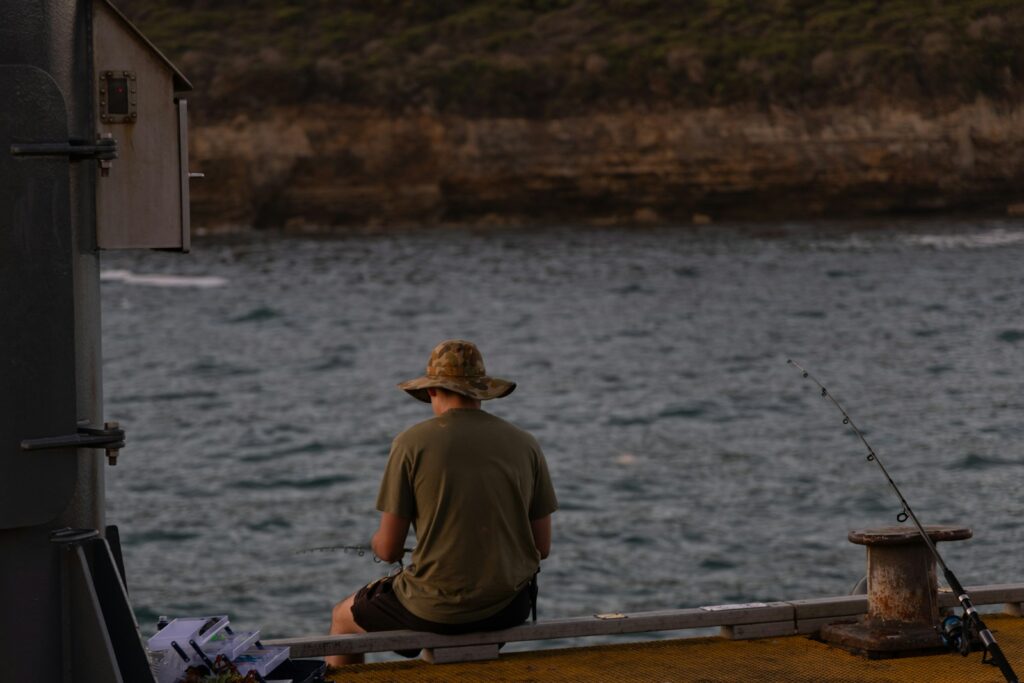
One critical oversight many struggling lodge anglers make is failing to match their presentations to the local forage base. Fish develop feeding preferences based on available prey, and presentations that don’t mimic the predominant food sources often produce disappointing results. For instance, using large swimbaits in waters where fish primarily feed on small insects or crustaceans may prove ineffective despite perfect technique.
Similarly, color selection should reflect local water conditions and prevalent baitfish hues rather than personal preferences or past successes in different environments. Size matching proves equally important, as predators often key in on specific prey dimensions during different seasons. Consulting with lodge staff about predominant forage and carrying a diverse selection of lures that can mimic local food sources significantly improves your catching potential.
Fishing at Suboptimal Times
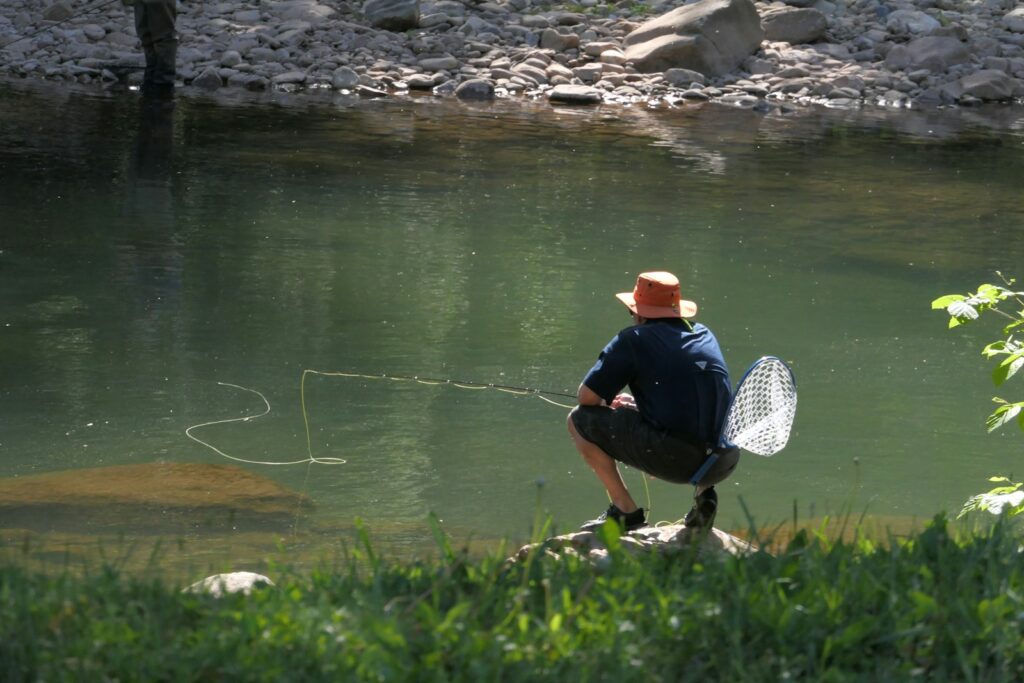
Timing significantly impacts fishing success, yet many lodge visitors fish primarily during midday hours when conditions are often least favorable. Prime feeding periods typically occur during dawn and dusk transitions when light levels change and predator species enjoy visibility advantages over prey. Specific seasonal patterns also create unique windows of opportunity, such as insect hatches for trout or spawning runs for various species.
Weather events like approaching fronts or sudden temperature changes can trigger feeding activity regardless of time of day. Many anglers also overlook how lunar phases influence fish behavior, with major and minor feeding periods corresponding to moonrise, moonset, and overhead/underfoot positions. Structuring your fishing schedule around these biological triggers rather than convenience can dramatically improve your results at fishing lodges.
Unrealistic Expectations
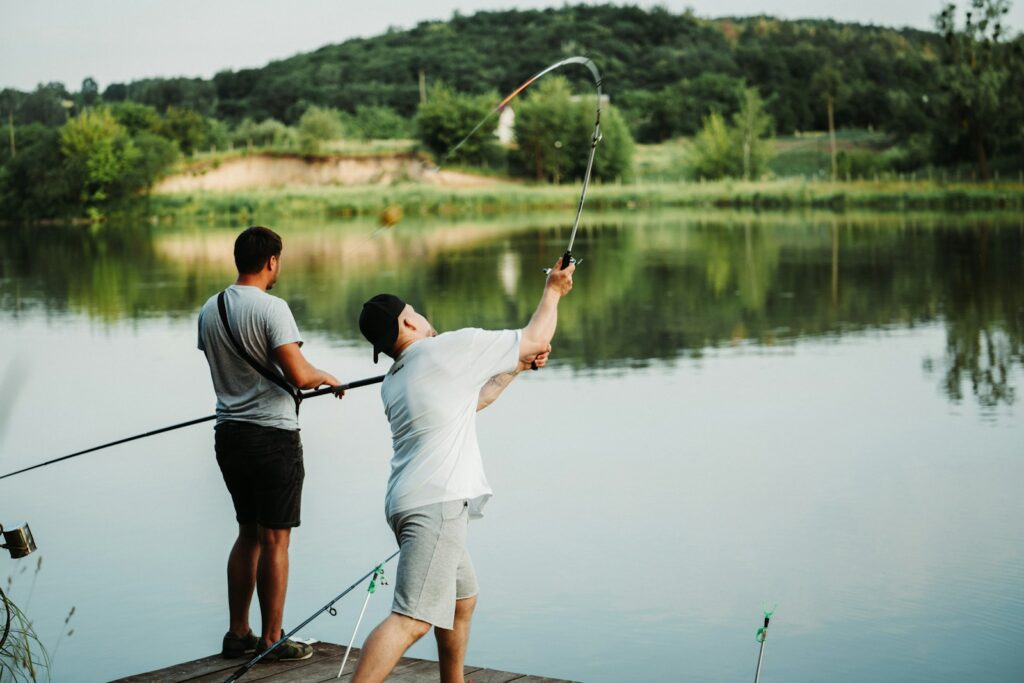
Perhaps the most significant factor in fishing lodge disappointment stems from unrealistic expectations created by marketing materials, social media, or fishing shows. Lodge promotions naturally showcase exceptional catches rather than average results, creating inflated expectations about size and quantity. Many anglers arrive expecting constant action with trophy-sized fish, not understanding that even premium destinations experience slow periods and challenging conditions.
Some visitors fail to recognize that promotional photos often represent the culmination of multiple days of effort rather than typical daily results. Additionally, comparing your results to other guests’ can create false impressions, as fishing success varies widely based on skill level, effort invested, and sometimes simple luck. Approaching lodge fishing with realistic expectations about the inherent variability of the sport leads to greater satisfaction and often, ironically, better results through reduced pressure and more thoughtful approaches.
Conclusion

Fishing lodges offer tremendous opportunities for memorable angling experiences, but success requires more than just showing up with fishing gear and enthusiasm. By addressing these common pitfalls – adapting techniques to target species, understanding seasonal patterns, communicating effectively with guides, and approaching each fishing day with informed strategies and realistic expectations – you’ll dramatically improve your chances of success.
Remember that even the most productive waters require adaptation and persistence. The difference between frustrated anglers and those consistently filling their livewells often comes down to preparation, flexibility, and willingness to learn from each experience. Your next fishing lodge adventure can deliver the results you’ve been dreaming of – if you arrive equipped with both the right gear and the right mindset.
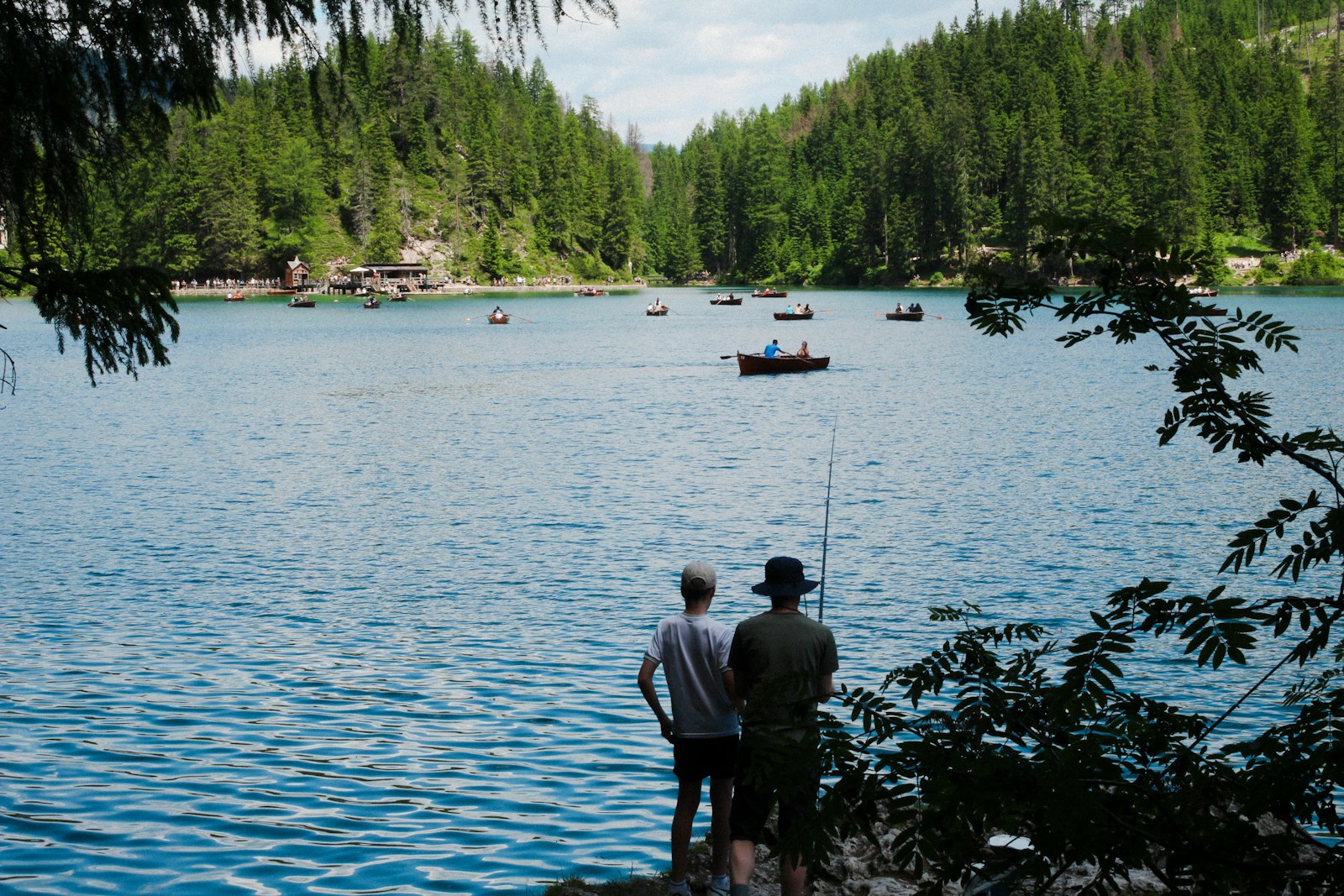

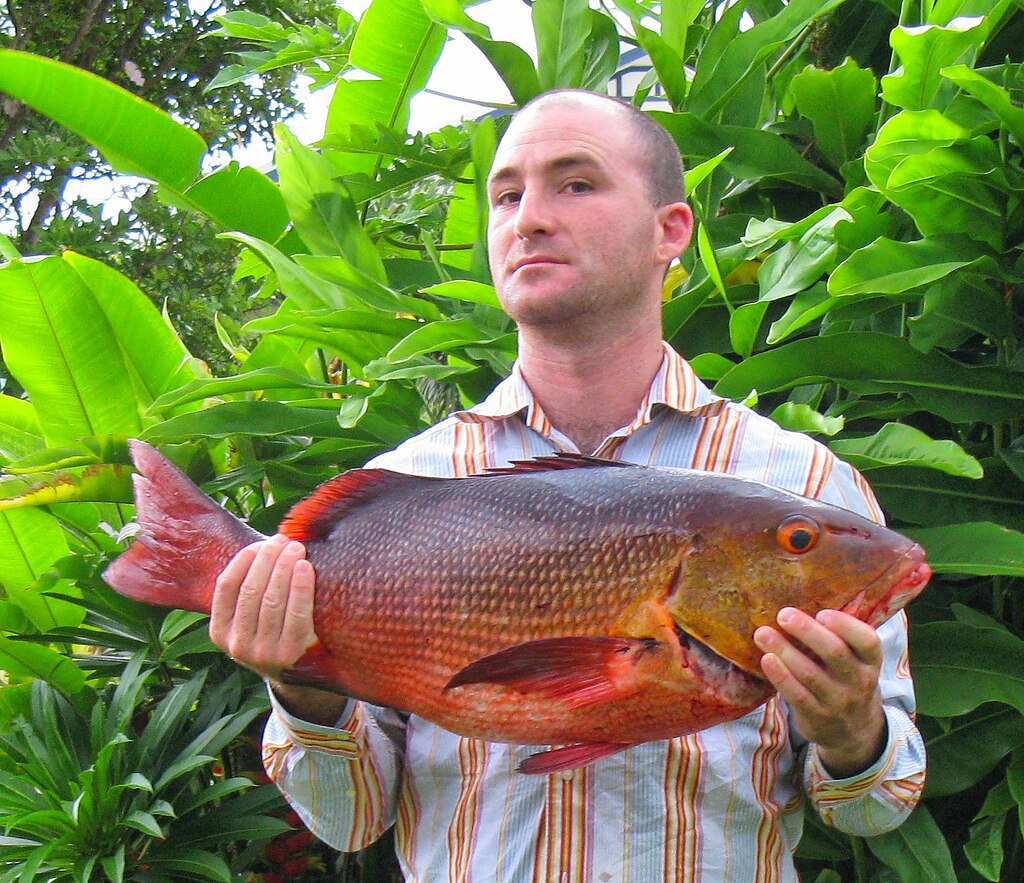











Post Comment